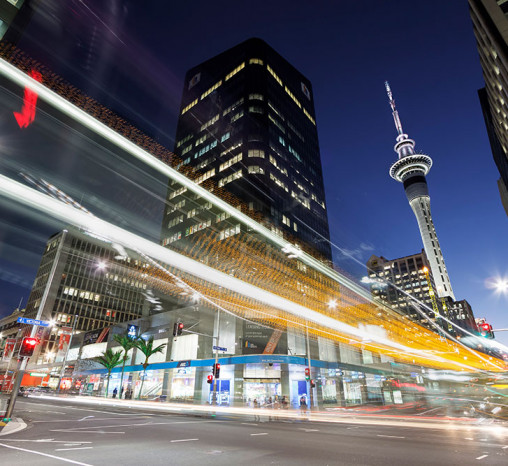2. Surrounding area and transport: Designing buildings for access and usability

The transport links and area surrounding a site are important to consider for the design, layout and use of a site and its buildings.
Transport options
Consider how building users will arrive at the site, and consult with the Local Authority if improvements in the surrounding area could be made.
Those arriving as pedestrians may be deterred or prevented from entering if suitable pedestrian routes to the site are not available.
Transport options to a site should influence the building location, its orientation and floor levels, the site layout, circulation routes, and the position of site entrances and vehicle parking.
All building users will eventually become pedestrians onsite and its layout will affect how easy it is for them to reach their destination.
The site layout should be influenced by local topography. Civil engineering works should be planned to achieve circulation routes that are easy to use.
Where suitable onsite parking or set-down points are restricted, or not available, the proximity and suitability of nearby alternatives, and their links to the site, will be crucial in the decision to travel to the site.
Short-term parking options should be available near the main point of entry to the site. People with disabilities may arrive by taxi and be dropped outside. If they require the driver to provide assistance, the vehicle may need to be left unattended for a short time.
Suitable pedestrian links from the site to nearby facilities such as shops, cafes, external parking and drop off locations will encourage site users to walk to and from local amenities rather than use vehicles or park on site.
Design considerations
- Prior to site or building acquisition, consider the possible arrival transport options.
- Consider current and potential transport options when developing the concept plan.
- Select site layout and circulation routes to maximise the convenience of building users.
- Investigate alternative options where site restrictions might impact on possible transport modes or arrival directions.
- Separate delivery vehicle arrival, parking and offloading from pedestrian routes.
Council facilities and services
Local authorities should be consulted where improvements in council facilities and services could assist building users in their journey to the site.
Some users may be restricted in their choice of transport options by its availability or their own personal circumstances.
Design considerations
- Liaise with local authorities and recommend where improvements in their facilities and services could be made.
- An audit of the local pedestrian routes to the site (including those from public transport stops, parking and set-down points) and identification of safe road crossings can inform decisions about requesting improvements from local authorities.
- Step-free pedestrian routes with appropriate controlled road crossings are essential when linking nearby facilities to the site.
- Public lifts and ramps on a site could provide convenient through- site links where topography causes difficulties for pedestrians in the local area.
All guidance related to Buildings for everyone: Designing for access and usability